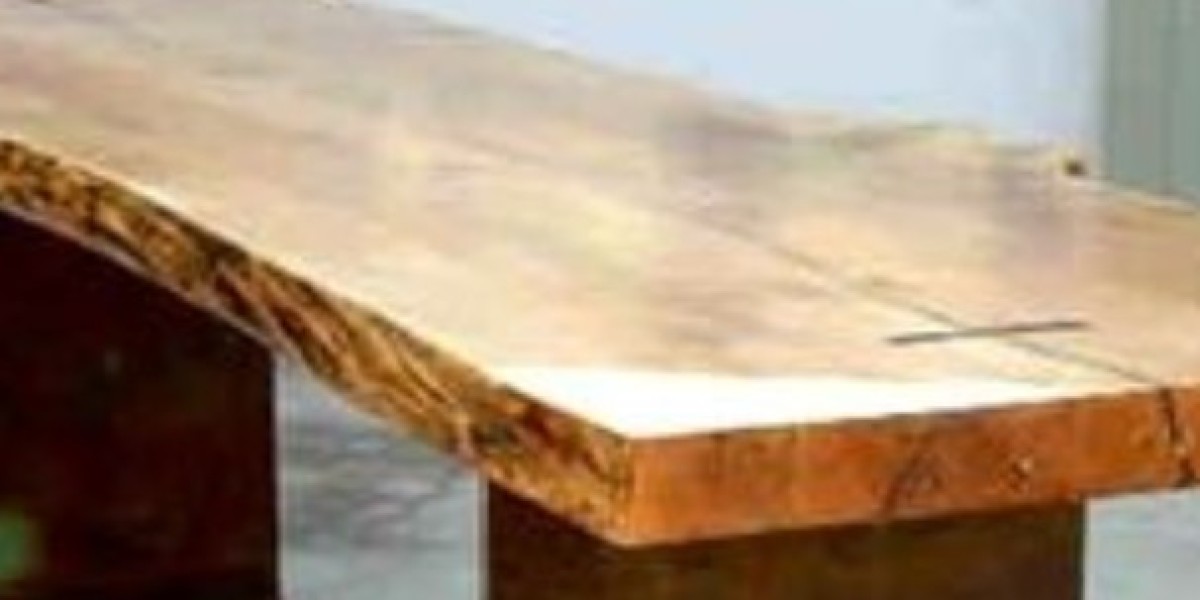In the world of home and office furniture, one size does not fit all. As remote work and personalized home offices become more common, the demand for custom desks has surged. A custom desk not only fits your space perfectly but also reflects your style and meets your specific needs. If you're considering investing in a custom desk, this comprehensive guide will walk you through everything you need to know—from design considerations to material choices.
Why Choose a Custom Desk?
1. Tailored to Your Space: One of the most significant advantages of a custom desk is that it can be designed to fit your exact space. Whether you have a small nook in your apartment or a spacious home office, a custom desk ensures that every inch is utilized efficiently.
2. Personalized Style: Custom desks offer a unique opportunity to express your personal style. You can choose the materials, colors, and finishes that match your aesthetic preferences, creating a desk that feels uniquely yours.
3. Functional Design: With a custom desk, you can incorporate specific features that cater to your needs. Whether you need extra storage, built-in charging ports, or adjustable height settings, a custom desk can be designed to include these elements.
4. Quality Craftsmanship: Custom desks are often built with high-quality materials and craftsmanship. Unlike mass-produced furniture, a custom desk is made with attention to detail, ensuring durability and longevity.
Designing Your Custom Desk
1. Assess Your Space: Before you begin designing your desk, take a close look at your workspace. Measure the dimensions of the area where you plan to place the desk. Consider factors such as the height of the desk, the amount of legroom required, and how much space you need for other office equipment or decor.
2. Determine Your Needs: Think about how you will use the desk. Are you a writer who needs a large, uncluttered surface? Or perhaps you’re an artist who requires ample space for supplies? Identifying your primary use will help guide your design choices. For example:
- For Computer Work: A desk with a keyboard tray, monitor stand, and cable management can create a clean and ergonomic workspace.
- For Crafting or Drawing: You might need a larger surface area and integrated storage solutions for tools and materials.
- For Dual-Purpose Use: If your desk needs to serve both as a workspace and a place to entertain guests, consider a design that incorporates stylish storage or a fold-out table.
3. Choose Your Materials: The choice of materials significantly impacts the look and feel of your desk. Common materials include:
- Wood: Offers a classic, warm look. Options range from rich hardwoods like oak and walnut to more affordable softwoods like pine.
- Metal: Provides a modern, industrial aesthetic. Metal frames and legs can be paired with wooden or glass tops for a sleek design.
- Glass: Ideal for a contemporary, minimalistic look. Glass desks can make a room feel more open but may require more maintenance to keep clean.
- Laminate: An affordable alternative that comes in various finishes and colors. It's durable and easy to clean but may not have the same longevity as wood or metal.
4. Design Features: Consider incorporating features that enhance functionality:
- Storage Solutions: Drawers, shelves, and cabinets can keep your workspace organized. Think about what you need to store and plan accordingly.
- Cable Management: Built-in cable management systems can help keep cords and cables out of sight, creating a tidier workspace.
- Ergonomics: Adjustable height options, ergonomic chair compatibility, and proper desk height can make your workspace more comfortable and reduce strain.
5. Aesthetics and Finishes: Choose finishes and colors that complement your existing decor. Whether you prefer a natural wood finish, a sleek high-gloss lacquer, or a painted surface, the right finish can enhance the overall look of your desk and integrate it seamlessly into your space.
The Custom Desk Building Process
1. Consult with a Designer: If you’re not sure where to start, working with a professional designer can be a valuable investment. They can help translate your ideas into practical design solutions and ensure that your desk meets both your aesthetic and functional requirements.
2. Create a Blueprint: A detailed blueprint or sketch of your desk will help guide the construction process. This plan should include dimensions, materials, and any special features you want to include.
3. Select a Craftsman or Manufacturer: Choose a skilled craftsman or manufacturer who specializes in custom furniture. Review their portfolio and read customer reviews to ensure they have a track record of quality work.
4. Review and Finalize: Before the construction begin, review the final design and make any necessary adjustments. Ensure that all details are correct and that you’re satisfied with the design.
5. Installation: Once your custom desks are built, coordinate with the craftsman or manufacturer for delivery and installation. Make sure to inspect the desk upon arrival to ensure it meets your expectations.
Caring for Your Custom Desk
To keep your custom desk looking its best, follow these care tips:
- Wood Desks: Regularly dust and clean with a soft, dry cloth. Use furniture polish or conditioner to maintain the finish and protect against moisture.
- Metal Desks: Wipe down with a damp cloth and avoid abrasive cleaners that could scratch the surface.
- Glass Desks: Clean with glass cleaner and a microfiber cloth to prevent streaks and maintain clarity.
- Laminate Desks: Wipe with a damp cloth and avoid using harsh chemicals that could damage the surface.
Conclusion
A custom desk is more than just a piece of furniture; it’s a crucial component of your workspace that can enhance productivity, comfort, and style. By taking the time to carefully design and select your custom desk, you create a workspace that not only meets your practical needs but also reflects your personal taste. Whether you’re upgrading your home office or setting up a new workspace, investing in a custom desk is a step toward a more functional and aesthetically pleasing environment.










